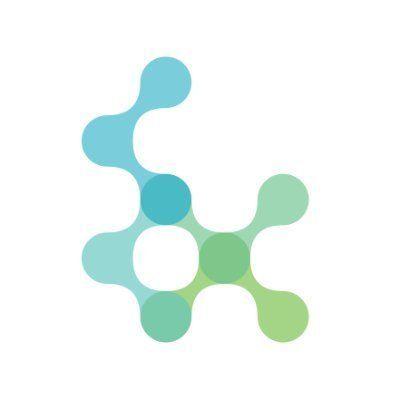The Insurers' Dilemma: Balancing Consumer Demands and Legacy Conventions
by
October 24th, 2021
Audio Presented by

Ignatica builds insurance technology to meet the needs of tomorrow’s insurance markets.
About Author
Ignatica builds insurance technology to meet the needs of tomorrow’s insurance markets.